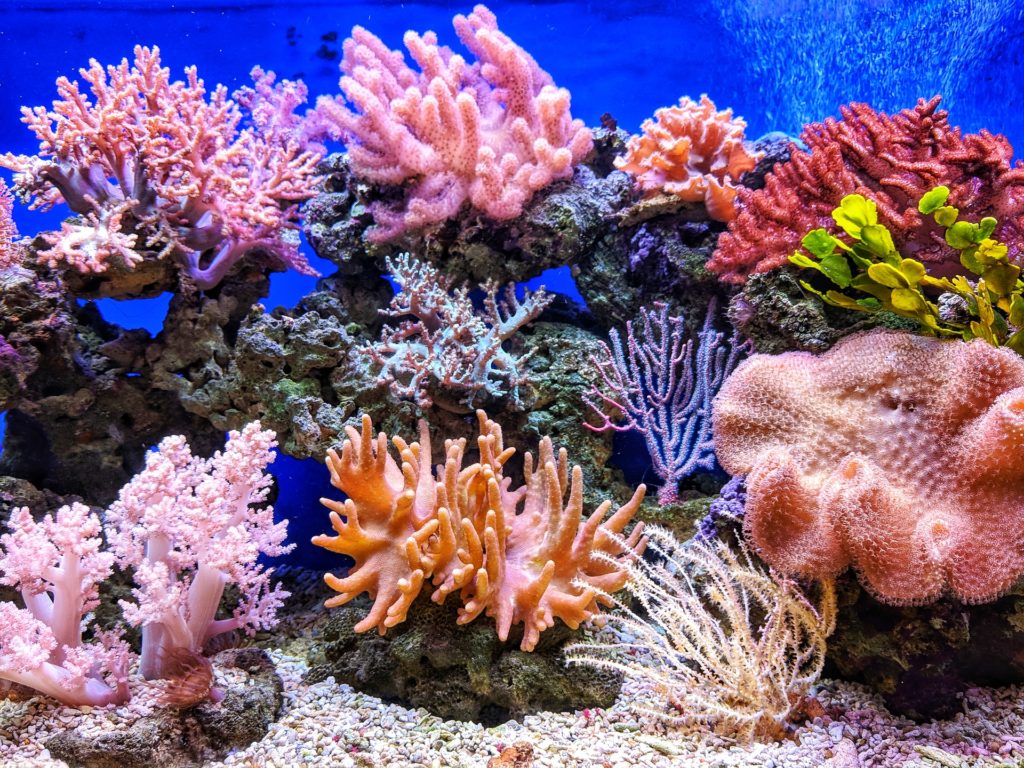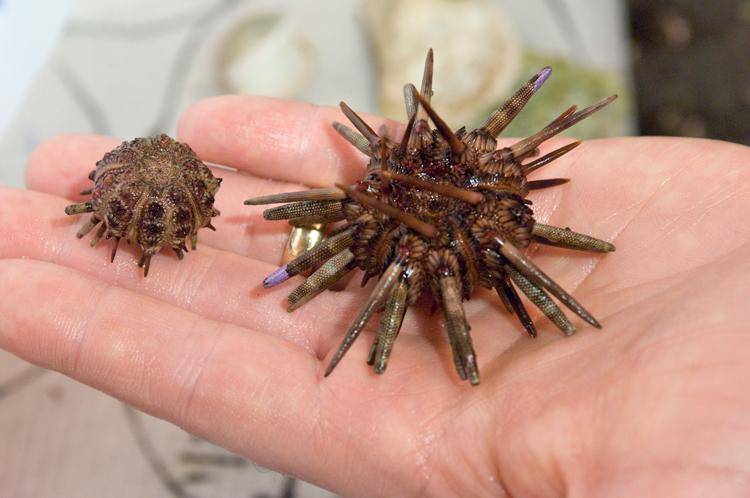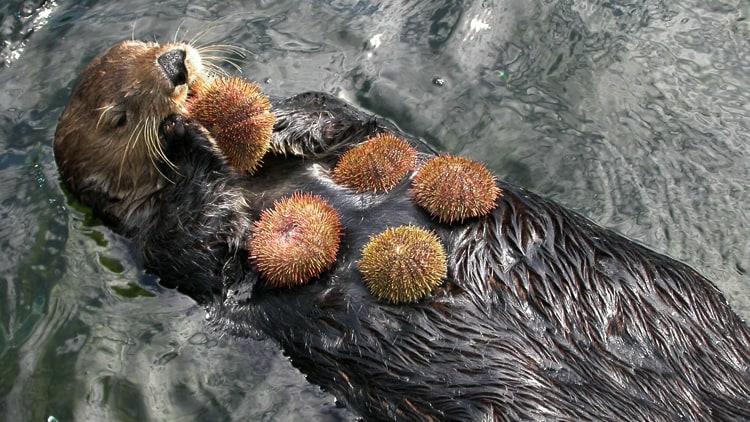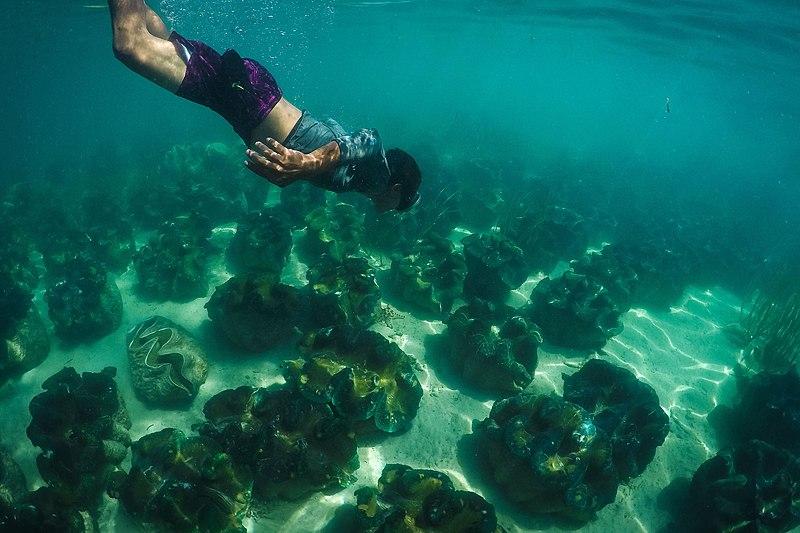Rising ocean acidity is affecting the development of different types of marine species, such as sea urchins and brightly-colored reef fish.
- A recent study shows how sea urchin development is affected by ocean acidification. (more…)
- The Great Barrier Reef is experiencing massive coral bleaching events due to ocean acidification, which negatively affects the development of brightly-colored fish in the reef. (more…)
Background Information: What is Ocean Acidification?
Full Research: Direct and latent effects of ocean acidification on the transition of a sea urchin from planktonic larva to benthic juvenile, Are fish communities on coral reefs becoming less colorful?
Study Shows How Ocean Acidification Affects Sea Urchin Early Stage Development
Ocean acidification has a significant negative impact on marine species and ecosystems. A recent study shows how ocean acidification affects the early development stages of some marine species, such as sea urchins. Here’s what you need to know about it.
The study researched the effects of pH on sea urchin’s development and transition from fertilization to juveniles. The result shows that low pH levels significantly affected the growth and mortality of the urchin’s larval stage. Even small changes in ocean pH (on the scale of .1) can have major impacts.
Larval Stage: Effects of Ocean Acidification
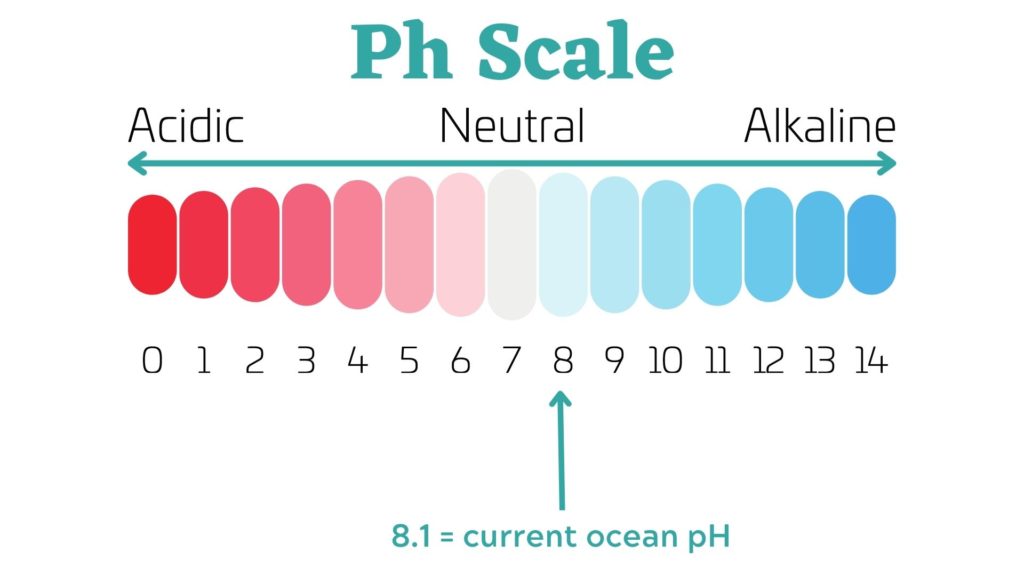
- Sea urchin larvae were exposed to a 7.2 pH level (compared to the current ocean’s actual pH of 8.1). The sea urchins exposed to this pH exhibited the following characteristics:
- Higher mortality rates.
- Higher abnormality rates.
- Lower growth rates.
- The metabolism of sea urchin larvae exposed to a 7.2 pH level increased as well. The researchers believe that because of this, the urchins may be using additional energy to boost metabolic function, which might limit their growth rates. In other words, the sea urchins adapt to ocean acidification by shifting their energy to boost metabolic function, rather than other important functionalities. Researchers believe that this shift in energy may be what’s causing mortality and abnormalities throughout their development stages.
Settlement Stage
- Researchers discovered that prolonged exposure to a 7.7 pH level significantly delayed the settlement of sea urchin larvae, an important process during which larvae settle to the ocean floor where they will eventually begin their adult life stages.
- However, when the sea urchin larvae were placed under a suitable algal substrate for the settlement stage, the researchers found that the larvae remained unaffected by 7.7 pH levels. This shows that algae may help reduce the effects of ocean acidification on sea urchin larvae.
Metamorphosis Stage
- The study shows that in the metamorphosis stage, all the sea urchins that were grown at a 7.2 pH level failed to metamorphose. The researchers concluded that sea urchins that are exposed to low pH levels throughout their early development stages may find it hard to impossible to achieve metamorphosis.
- However, the study also shows that 30% of the sea urchin larvae that were grown at a 7.6 pH level achieved the metamorphosis stage. This shows the large impact of even a pH change of .4, compared to the 7.2 pH group of urchins.

(Source: © Natural History Museum, London)
Read more: How Ocean Acidification Affects Sea Urchins
Ocean Acidification Affects Brightly-Colored Fish Development Through Continuous Coral Bleaching
The Great Barrier Reef is experiencing massive coral bleaching events due to ocean acidification, which negatively affects the development of fish’s color in the reef. Here’s all you need to know about the study.
- In the span of just three decades, the effects of ocean acidification and global warming have caused the Great Barrier Reef to lose thousands of its coral species. This phenomenon is commonly known as massive coral bleaching events. As a result of this, the number of brightly-colored fish in the Great Barrier Reef is decreasing.
- According to the study, the number of different types of brightly-colored fish in the Great Barrier Reef has declined significantly since the massive coral bleaching event of 1998. Scientists believe that the composition of the seafloor (texture, colors, patterns) affects the development of the coloration of fish.
- Reef fishes developed coloration to protect themselves from predators by adapting to the different coral structures and compositions. Fish would find it useless to produce vibrant colorations in the absence of coral compositions.
- The study concluded that the loss of vibrant composition and structure of the seafloor due to the massive coral bleaching events has a significant relationship to the inability of many fish to develop their vibrant colors.

(Source: © Earth.org)
Sources:
“Direct and latent effects of ocean acidification on the transition of a sea urchin from planktonic larva to benthic juvenile” Nature, April 01, 2022
https://www.nature.com/articles/s41598-022-09537-7
“Fish on Australia’s Great Barrier Reef are losing their colour as corals die” Independent UK, March 23, 2022
